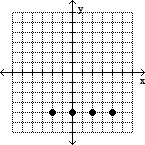Use the graph of the function f to solve the inequality.f(x) < 0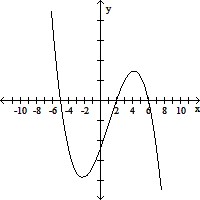
A. [-5, 2] ? [6, ?)
B. (6, ?)
C. (-?, -5) ? (2, 6)
D. (-5, 2) ? (6, ?)
Answer: D
You might also like to view...
Use the minimum and maximum features of a graphing calculator to find approximately the intervals on which the function is increasing or decreasing. Round your values to two decimal places, if necessary.y = -7x2 - 7x + 6
A. inc (-?, -0.50), dec (-0.50, ?) B. inc (-?, -1.55), dec (-1.55, ?) C. dec (-?, -0.50), inc (-0.50, ?) D. inc (-1.55, -0.50), dec (-0.50, -1.55, ?)
Given y = f(u) and u = g(x), find dy/dx = f'(g(x))g'(x).y = sin u, u = cos x
A. - cos(cos x) sin x B. cos x sin x C. - cos x sin x D. sin(cos x) sin x
Find the largest open interval where the function is changing as requested.Increasing f(x) = 
A. (-?, 1) B. (0, ?) C. (1, ?) D. (-?, 0)
Complete the table of values, and then plot the ordered pairs.y - 4 = 0 ?
?
A.
 ? ? | 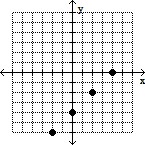 |
B.
 ? ? | 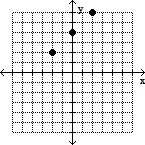 |
C.
 ? ? | 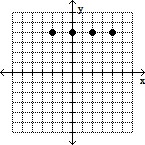 |
D.

